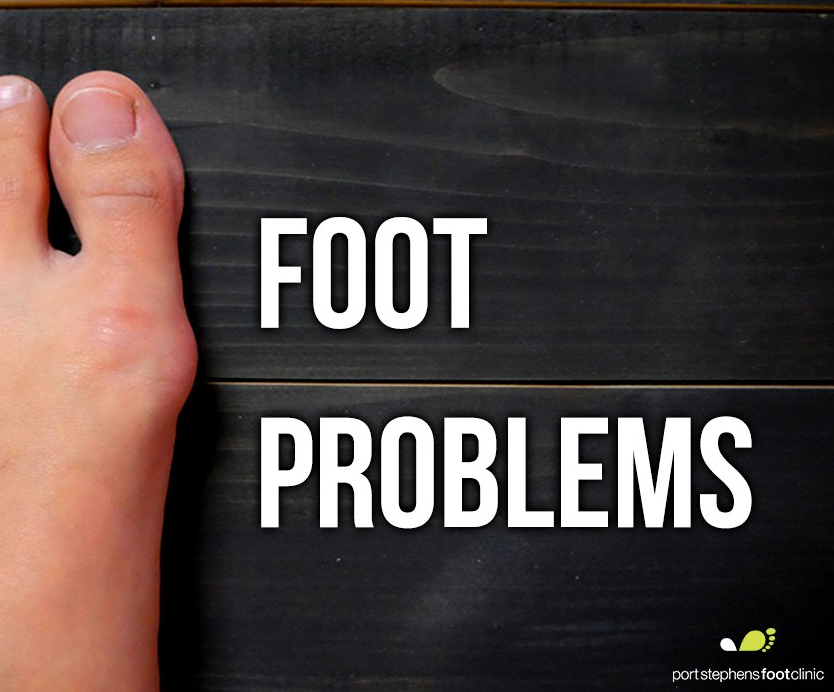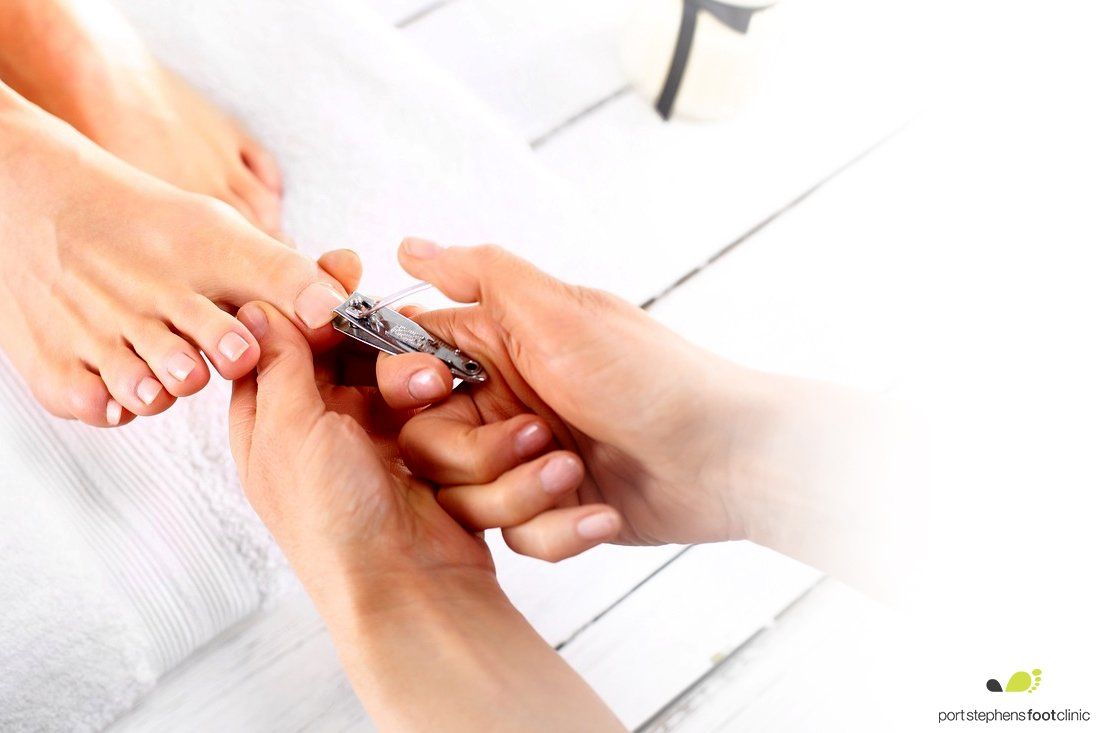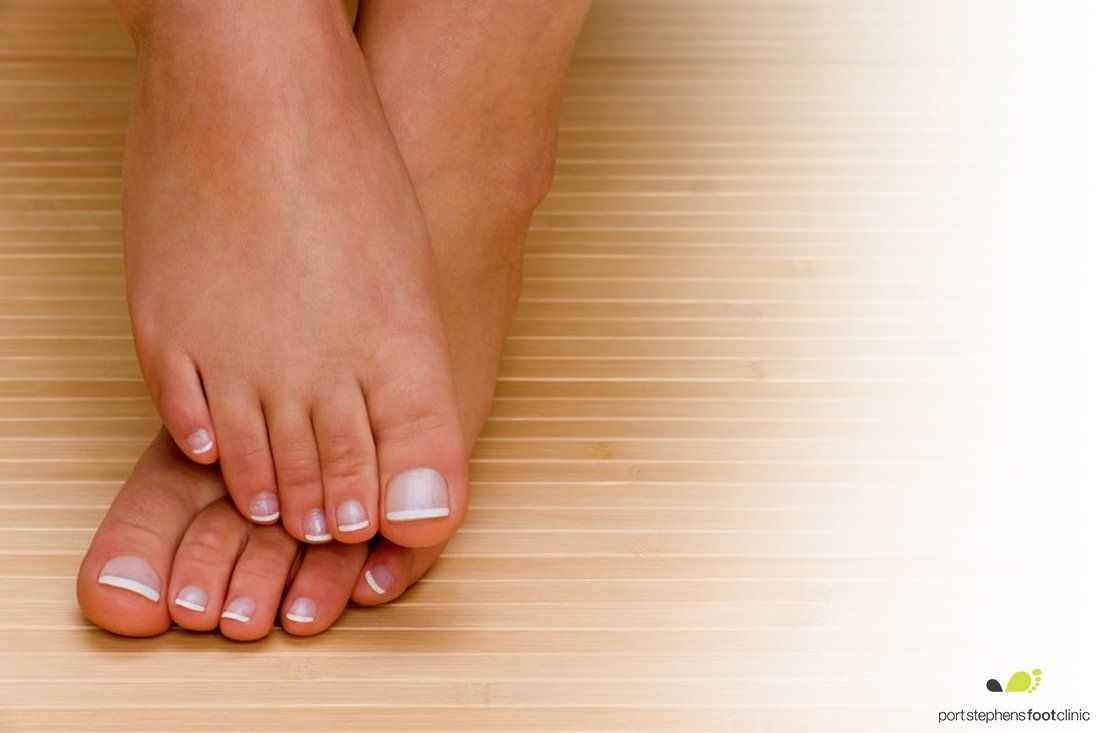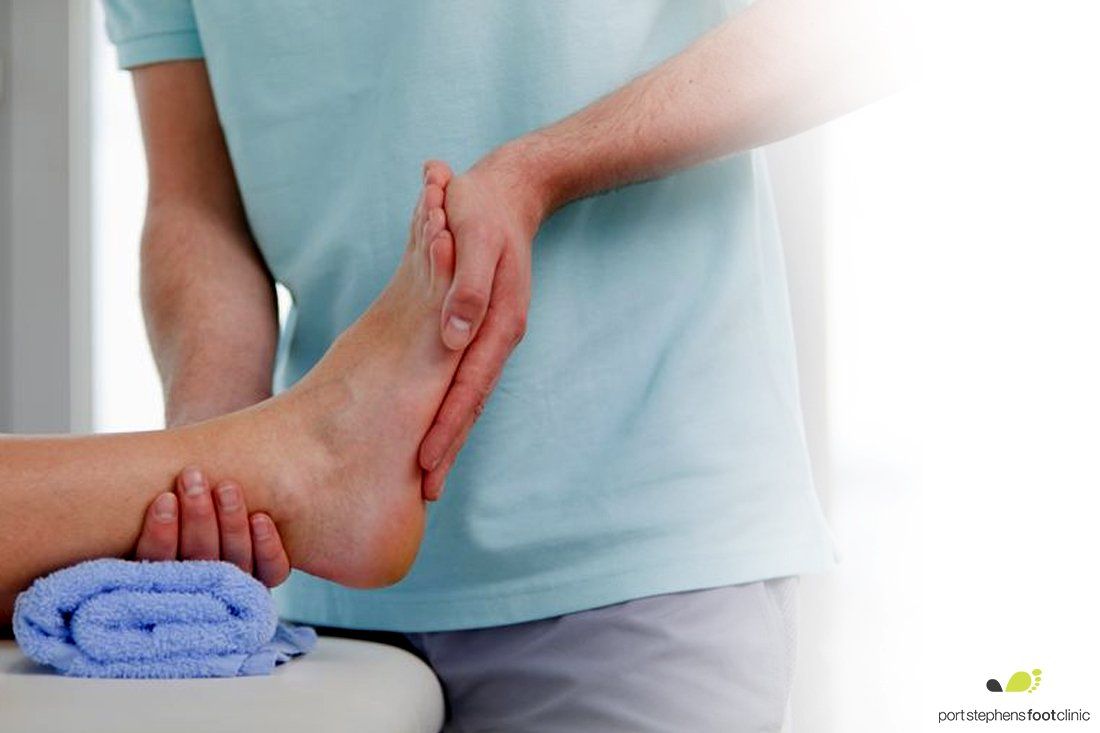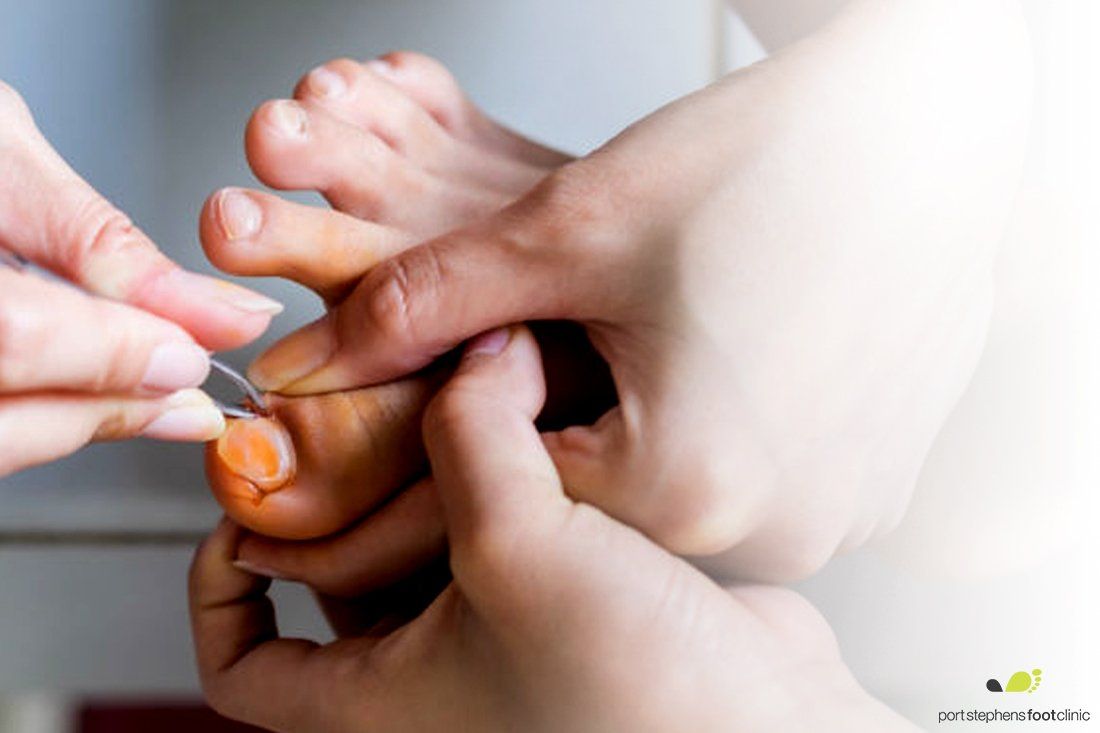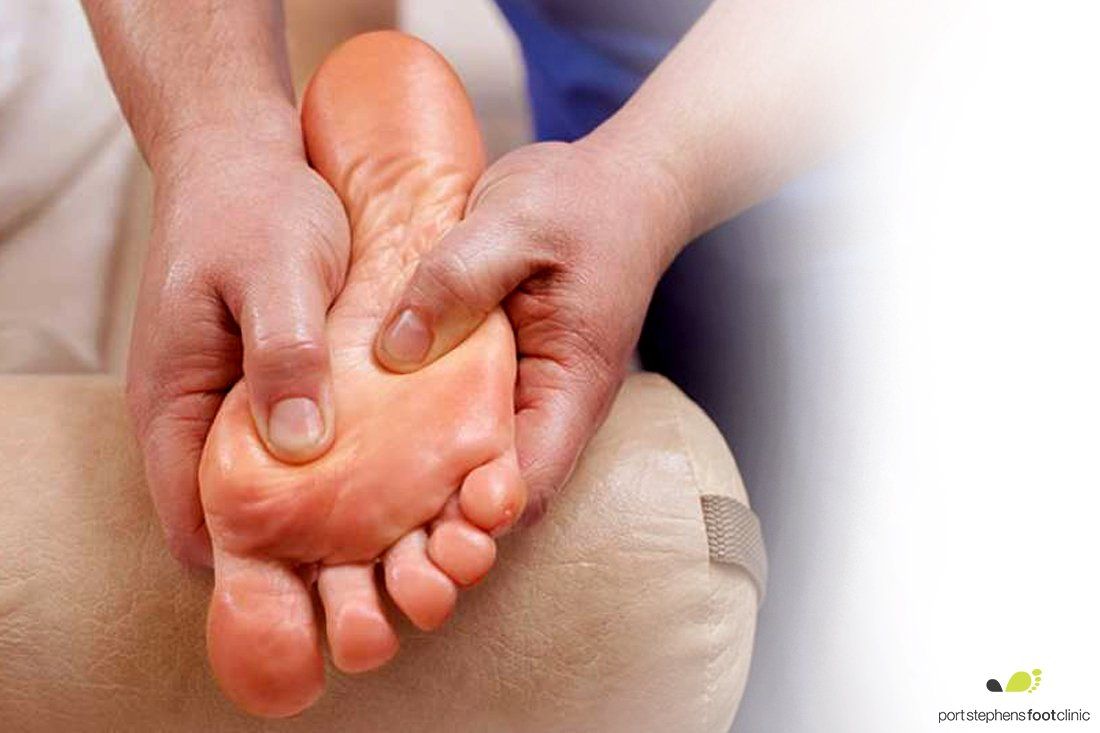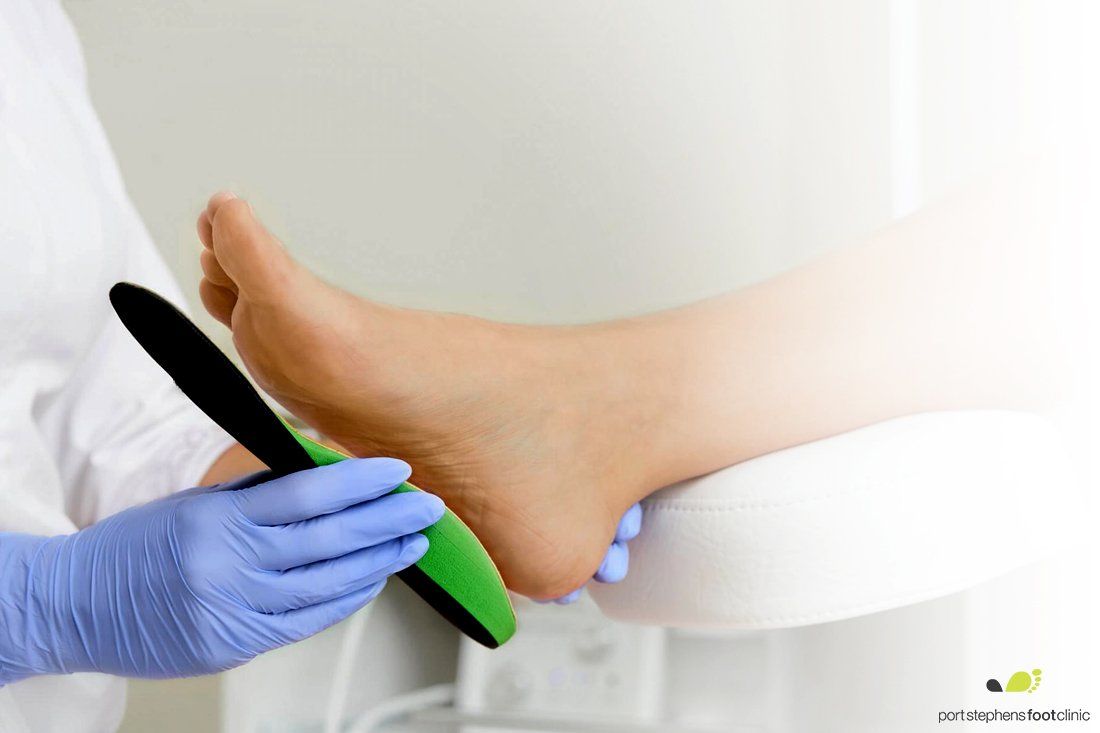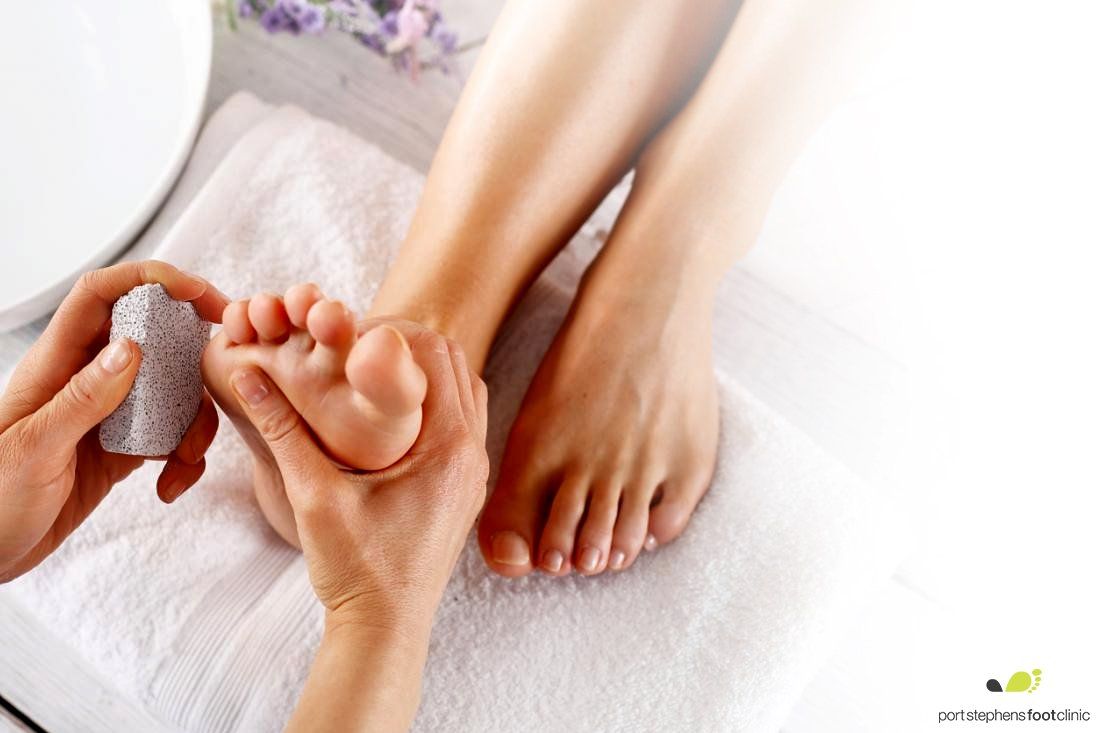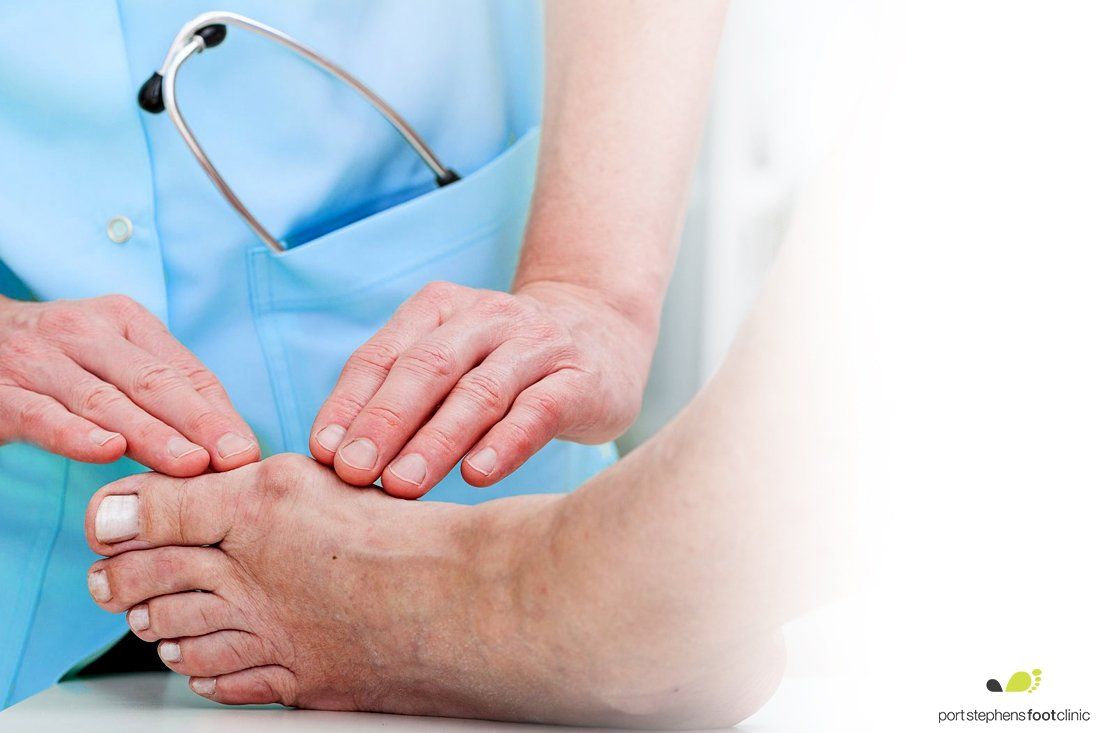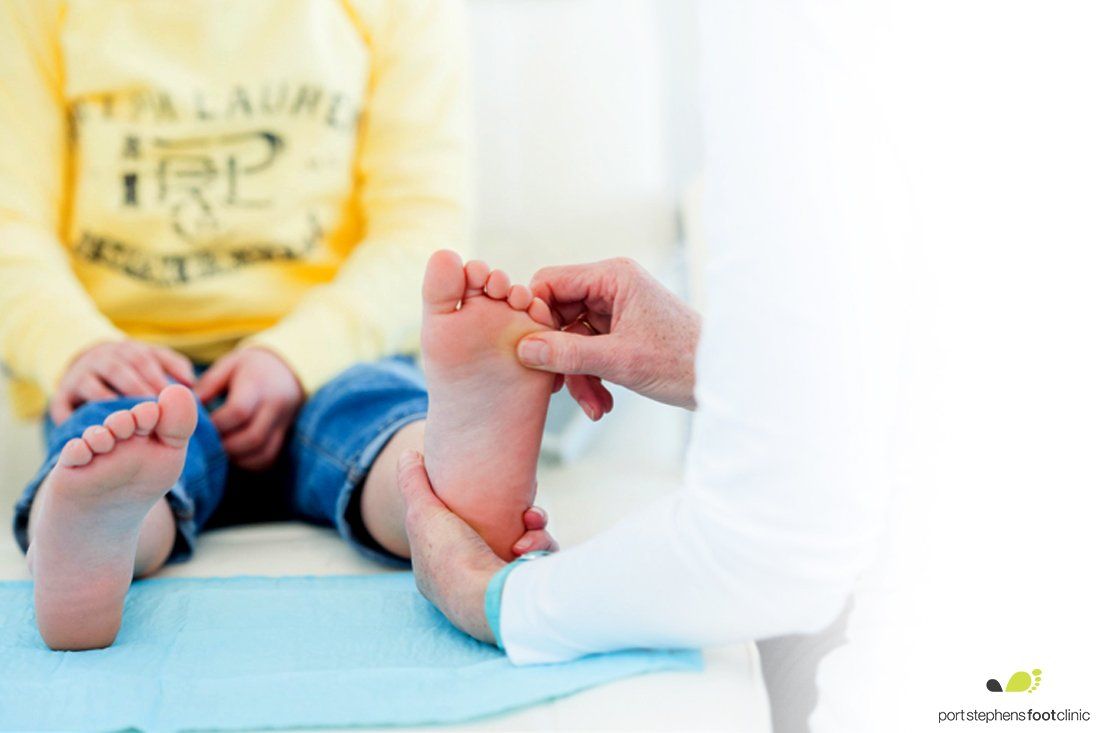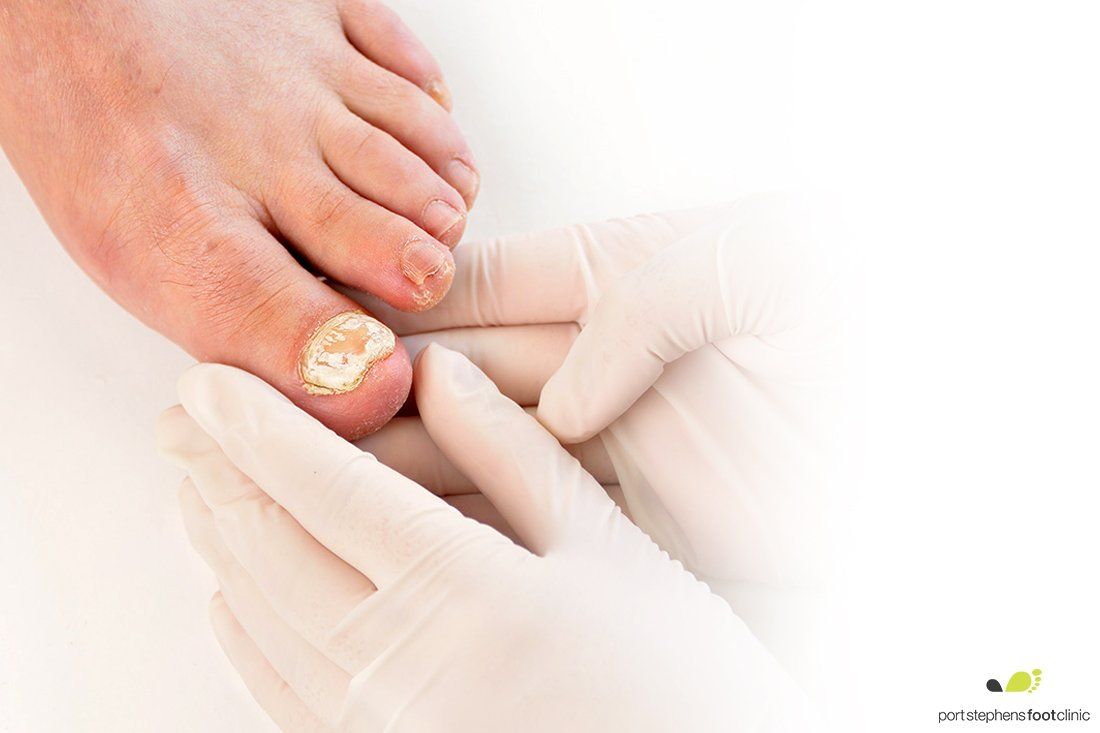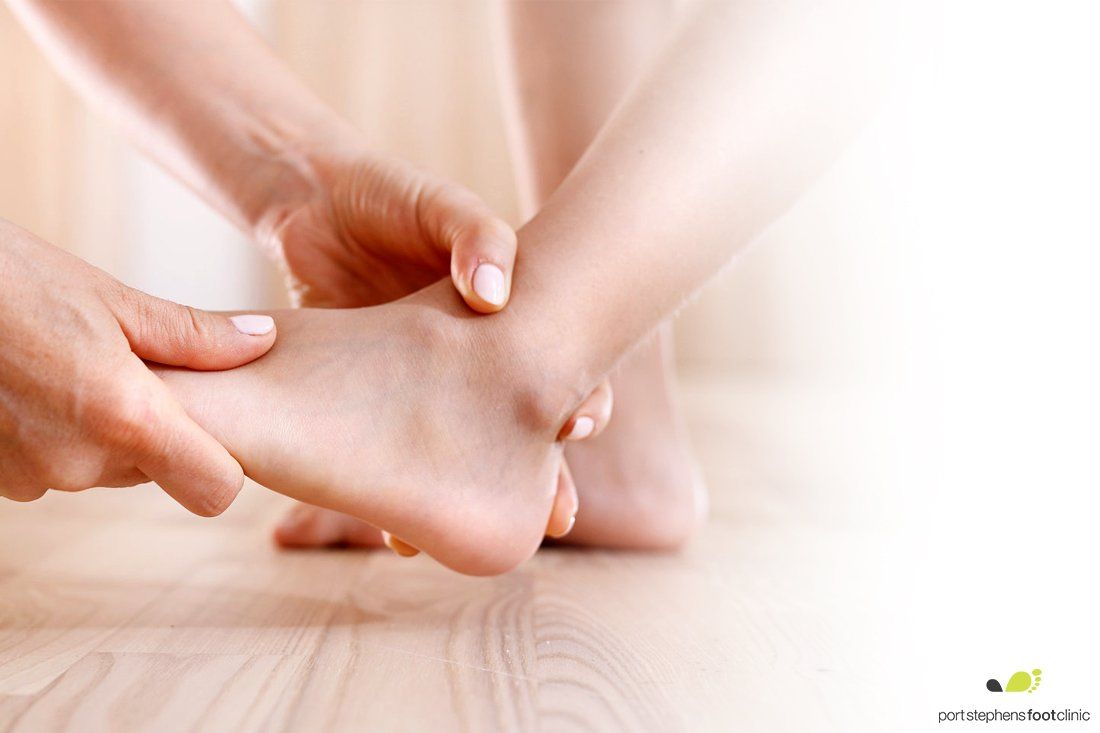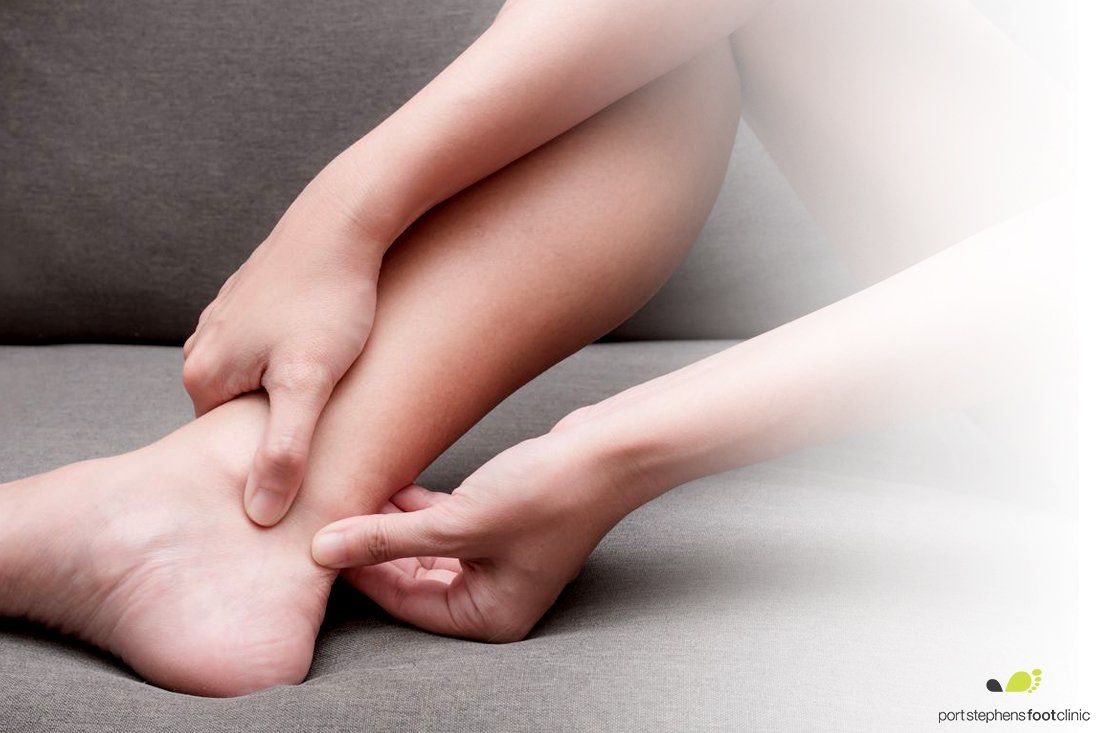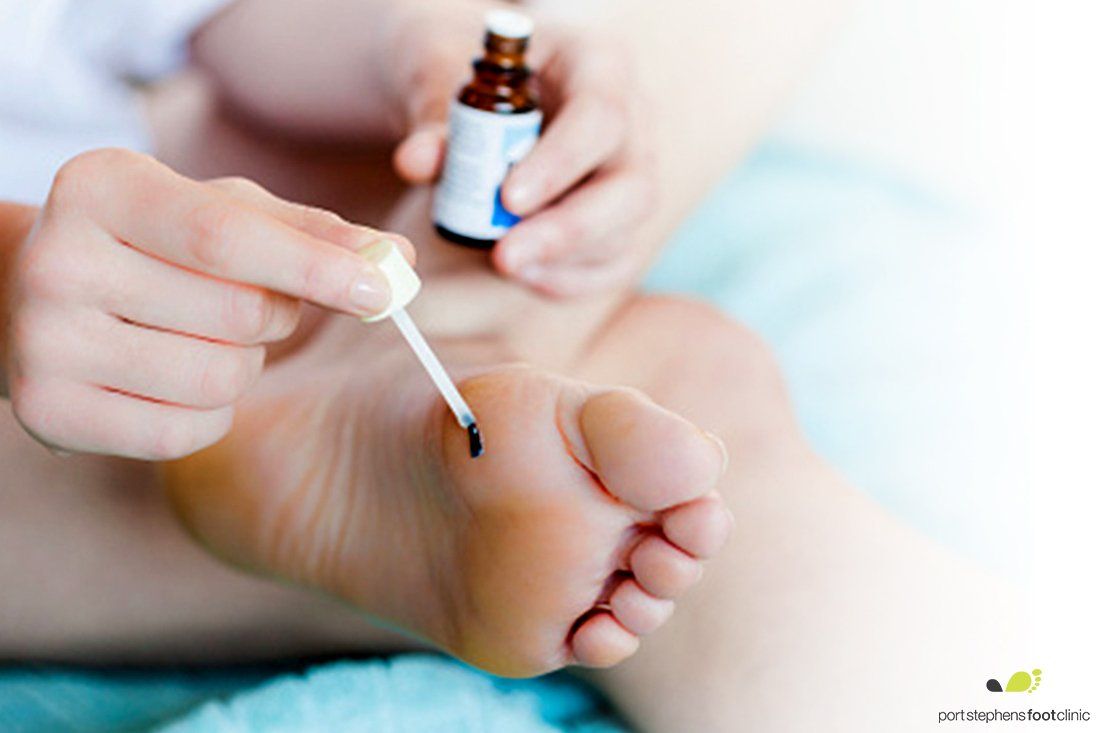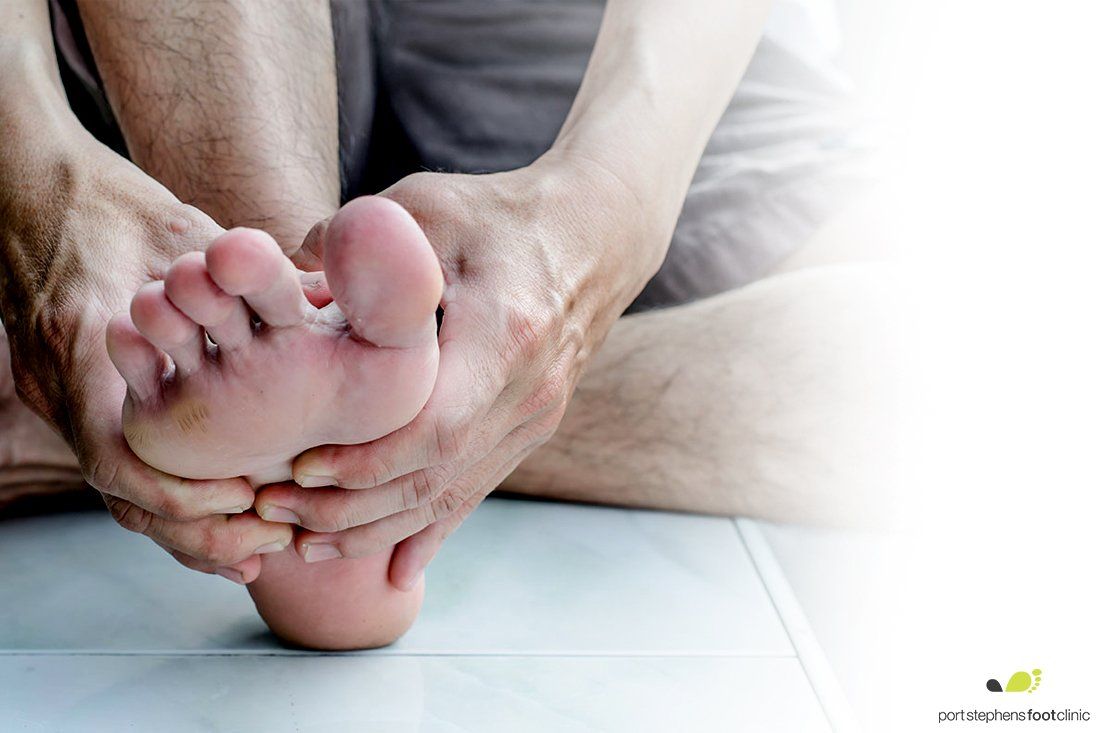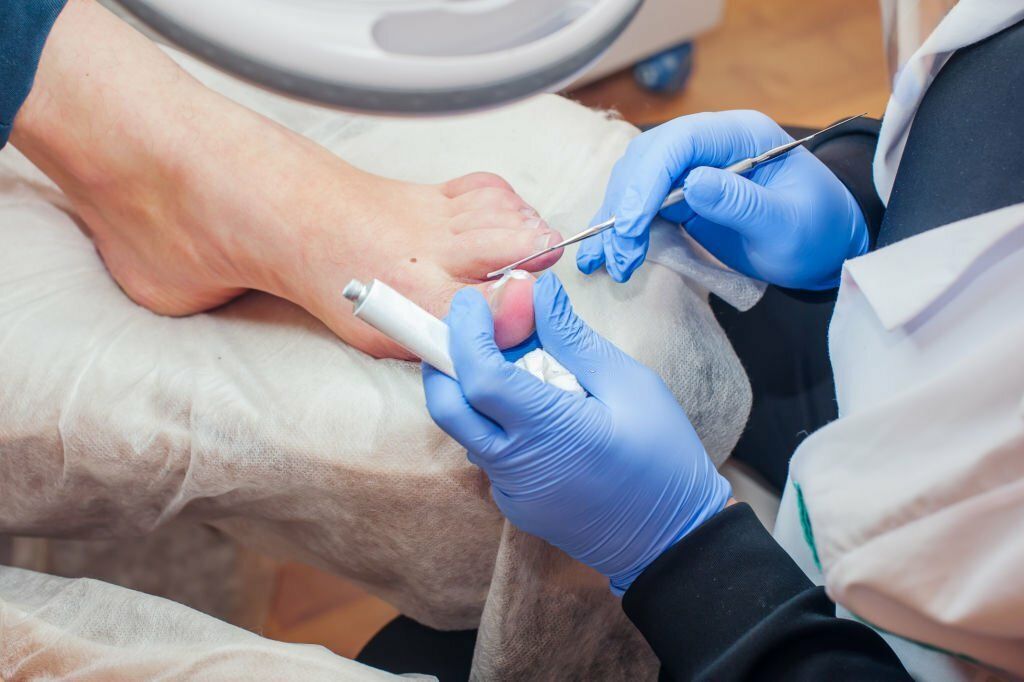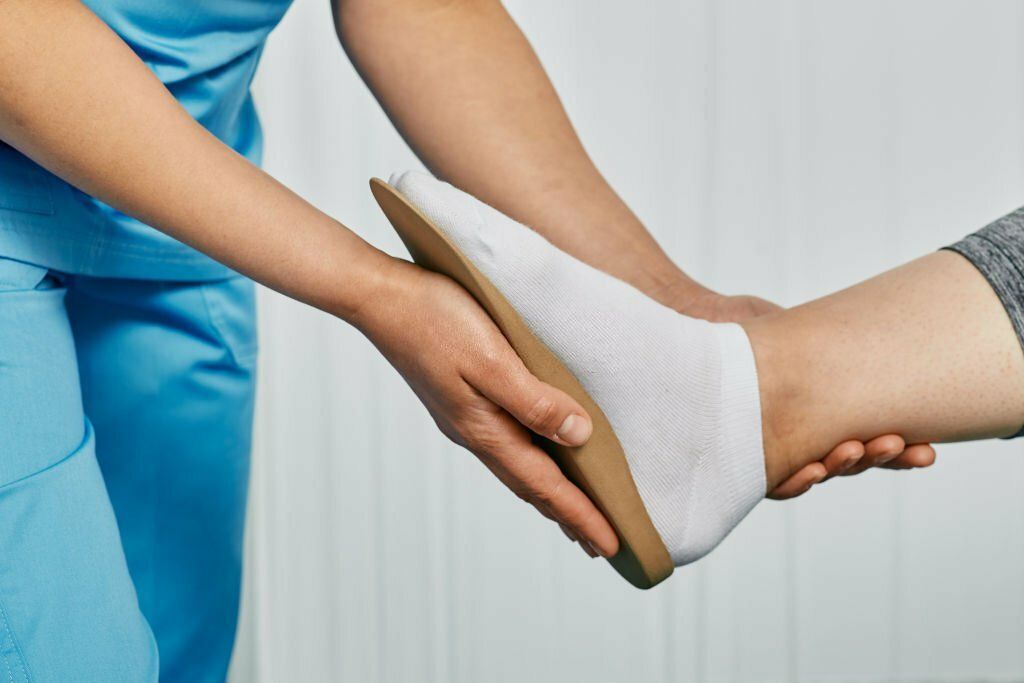Fungal Nails
Nail changes on one or more nails, including: brittleness, discoloration, thickening, change of nail shape, crumbling of the nail, debris being trapped under the nail or loosening (detaching) of the nail may indicate a fungal nail infection. Fungal nail infections may be difficult to treat and may recur often. Toenails are affected more often than fingernails.
The Impact Fungal Nails Can Have on Feet
Having a fungal nail infection can range from bothersome to more serious. Your toenail might start off looking a bit different, and then gradually worsen if you don’t get it taken care of. Let’s review the basics of fungal nails below.
Fungal Nails
Toenail fungus is a common condition that may affect more than one nail. Sometimes it begins on the feet and moves to the toenails if you get a case of athlete’s foot, but this is not always the case. When you get fungus on the toenails, they will become thickened and turn yellow. Although it could start with nail discoloration, if left untreated, it leads to a nail that deteriorates at the edges.
Sometimes, the condition is painful as the toes are irritated with the thickened nails. The nails may be so rigid that it becomes difficult to cut the toenails. When this happens, it can lead to other problems like your toenails may bump into your shoe, or you may get an ingrown toenail.
Symptoms
The symptoms of fungal nails may not be noticeable right away, so it’s vital to inspect your feet regularly or have a podiatrist do so at an annual checkup of your feet and nails. Some people might miss the symptoms until they become aggravating. It’s best to catch and treat the problem promptly. The symptoms are as follows:
- Thick toenails
- Brittle, jagged, or crumbled up nails
- Distorted shape
- Whitish or yellow-brown colour on the toenail
- A mild foul smell
- Darkish colour under the nail
Risks
There are some things that put you at a higher risk of developing nail fungus. These factors include:
- Ageing; as you get older there is reduced blood flow, slower growing nails, and an increased risk of fungi infection
- Sweaty feet
- History of athlete's foot
- Walking barefoot in moist communal areas, such as swimming pools, shower rooms, and gyms
- Getting a minor skin or nail injury
- Having psoriasis, which is a skin condition
- Some medical problems, such as diabetes, circulation problems, or a weakened immune system
You might be able to prevent some of the risks, but others you might not be able to do anything about. Therefore, you will need to get treatment.
How We Can Help Treat It
Visiting a podiatrist is the first step in getting relief from this bothersome condition. At Port Stephens Foot Clinic, our podiatrists will examine your feet and nails to see what condition they are in. Next, they may take some nail clippings or scrape debris from under your nail. Once they have a sample, it will be sent to a lab to find out the type of fungus you have so you can proceed with the proper treatment plan.
When to See a Podiatrist
Fungal nail infections are sometimes difficult to treat on your own. Talk with your podiatrist if you notice a toenail that looks different. You may need to see the podiatrist regularly because fungal infections do tend to recur.
Contact Port Stephens Foot Clinic to set up your appointment today.



